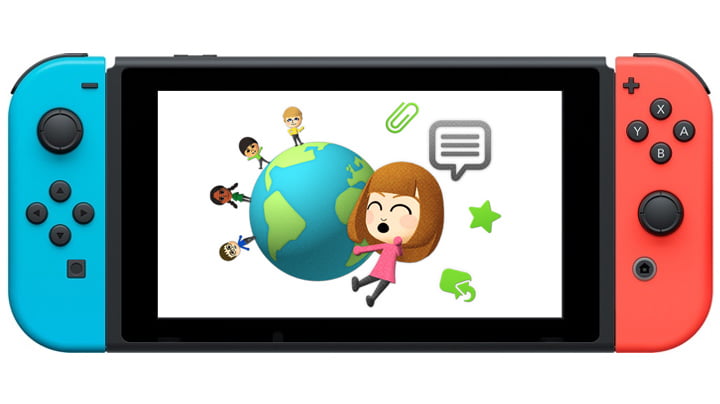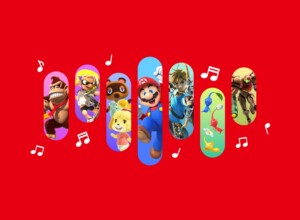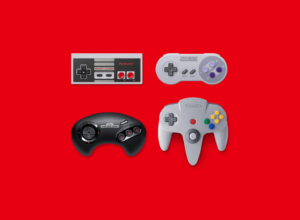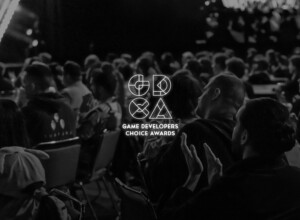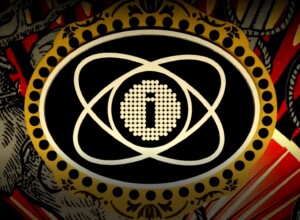To make Nintendo’s online service worth paying for it doesn’t need free games, it just needs to get the basics right.
Nintendo history with online gaming has been well documented, long suffered and oft criticised. The Japanese publisher’s decision to introduce a paid online subscription with the Nintendo Switch has been met with equal measures of hope and scepticism. Hope, because maybe this time Nintendo will get it right, and scepticism as we’ve had our hopes dashed so many times before.
Nintendo’s track record with online gaming and connected services is decidedly mixed. It’s not the absolute shit-storm most people assume, but it certainly has to be a lot better before they can expect any gamer to willingly open their wallet. Time and time again Nintendo prove can be just as innovative and clever as other companies. The trouble is, they just do it in their own, often barmy, way.
Who else would create Miiverse, a console-based social network based around scribbles and hand-written messages, for instance? The result is a creative and good-natured community that, unlike most social networks, is a treat to visit. Nintendo also led the way in app-like experiences for a while, some of which were great fun – Everybody Votes, for example – and some of which were plain bonkers, such as Today and Tomorrow. The Wii U has its own Snapchat-like video chat application, and one that let you turn a participant’s face into a zombie, at that.
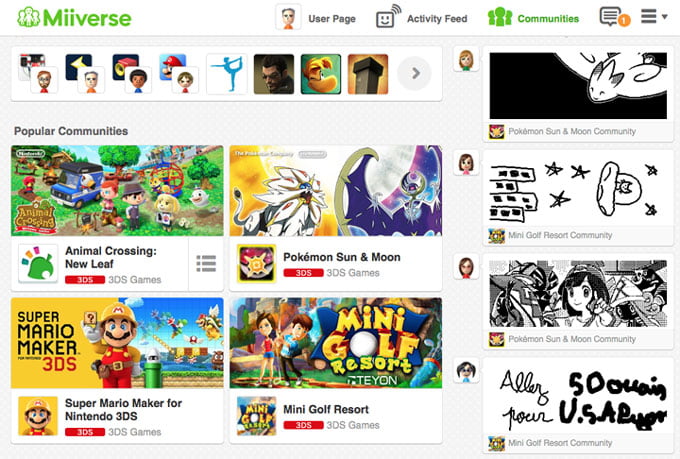
The problem is that all of these initiatives have never felt part of a cohesive strategy; ideas were flung to market without any consideration of how they might interact or connect with each other. Nintendo’s most notable success in connecting players is not even online at all. Street Pass on the 3DS is wonderful method of being players together in a fun and non-obtrusive way, and its omission from the Switch is a real shame.
Many of these initiatives are fun and admirable but they count for little when Nintendo has struggled to get simple things, like a reliable connection, working consistently. The fact that the service has been free to date mitigates some of these complaints but in its current form the service is not something that warrants a fee.
A long time ago Sony went through the same growing pains when the PlayStation 3’s free online offering went up against the paid Xbox Live service. Although ‘free’ made a good headline, the reality was that the overall experience couldn’t compete. Unsurprisingly, things swiftly improved after the introduction of paid PlayStation Plus subscriptions.
So what would make Nintendo’s service worth paying for?
Connectivity
The single most important thing we need is a reliable online connection. It sounds obvious, of course, but it hasn’t been the case for some time. Online play on the Wii U is much better than the old, GameSpy-powered Nintendo Wi-Fi connection used for Wii and DS. Some Wii U games, like Splatoon and Mario Kart 8, are generally stable. Others – take a bow, Super Smash Bros – are anything but, and being kicked from a session is still a depressingly regular occurrence.

The situation is even worse on 3DS, if that’s possible.
Games like The Legend of Zelda: Tri Force Heroes suffer from consistent connection issues. It’s a pattern we’ve seen repeated over many different connections, environments and locations, and one that points to underlying issues with the service’s infrastructure. My hope is that Nintendo’s partnership with DeNA will bring improvements in this area. A paid service should mean that Nintendo will know how many players they potentially have, and where they are based, enabling them to scale that infrastructure accordingly.
Free games
To sweeten the deal with the introduction of the paid PlayStation Plus subscription, Sony took the bold decision to throw in a selection of free games each month. The quality and value of the games is variable but it’s a welcome benefit. Microsoft followed suit by offering Xbox 360 and Xbox One titles with the Xbox Live Gold tier. Nintendo’s response, at first glance, appears to be a half-way measure.
Subscribers will get one free NES or SNES game each month, but it will only remain playable for that month, rather than the duration of the subscription. At face value it feels like this Nintendo nickel-and-diming its audience once again. The fact that some SNES titles will be retooled to offer online gaming is a positive, but it does feel remarkably stingy for a company with access to such a huge library of games. If we are looking to put a positive spin on this news it’s possible that Nintendo will attempt nurture a Book Club type community, whereby each game will feature timed online competitions and My Nintendo rewards.
Communication
I’m not going to moan about friend codes here. They were an inelegant solution to a uniquely Nintendo problem, given the demographic of its audience, and their failings have been covered at length. That being said, the situation has improved considerably with the Wii U and 3DS.
For the Switch, Nintendo is going to offload the heavy lifting – of friend connections, messaging, game scheduling and voice chat – to a new smart phone app. It’s another curious decision. If the app does a good job of being the hub of your Nintendo life, a place where you can connect with friends, see your play history, play and use My Nintendo, then it could work well. There’s always a danger it will be another awkward bolt-on that doesn’t really take with the audience, though.

Online games
There’s also the question of just how many Switch games will even support online multiplayer. We know about Mario Kart 8 and Splatoon, but what else? Arms will have an online component, as will a few third-party titles, but is that enough to justify an ongoing cost? It won’t be an issue for players deeply committed to one particular franchise – a Switch edition of Super Smash Bros is surely a given – but it would be comforting to know that more games are in the pipeline.
Price
Some good news, then, after all that doom and gloom.
In an interview with Nikkei, Nintendo president Tatsumi Kimishima said that Nintendo’s online service would cost in the region of 2,000-3,000 yen per year. At the time of writing this equates to $17.50-$26.50, considerably less than a PlayStation Plus or Xbox Live subscription.
The hope is that Nintendo realises that by charging a fee their online service it simply must be better. If it is robust, consistent, reliable and underpinned by a simple interface – be it on the Switch or via that mobile app – then there’s every chance Nintendo will get their online service right (even if their history in that realm is chequered at best).
